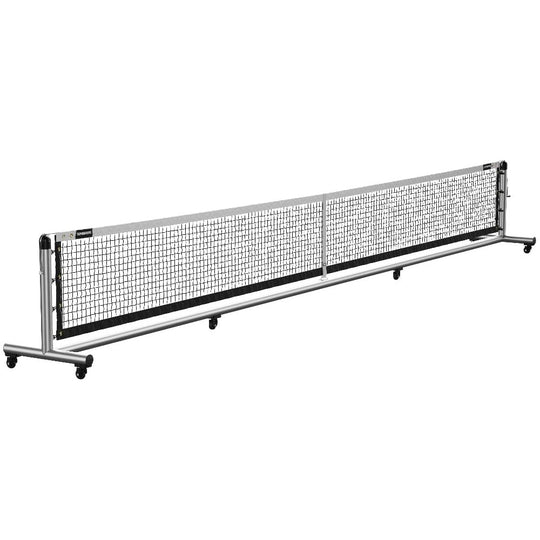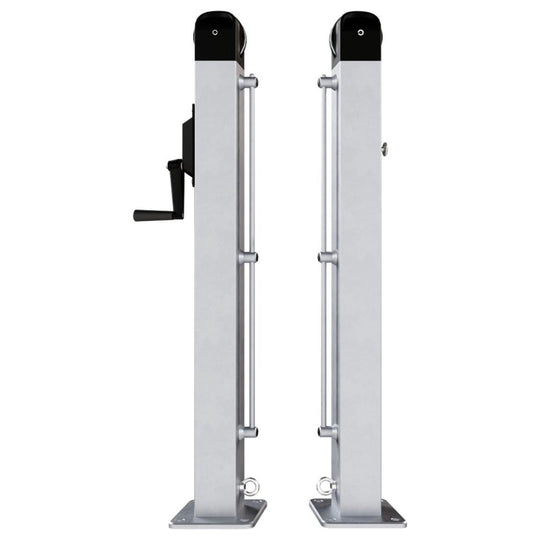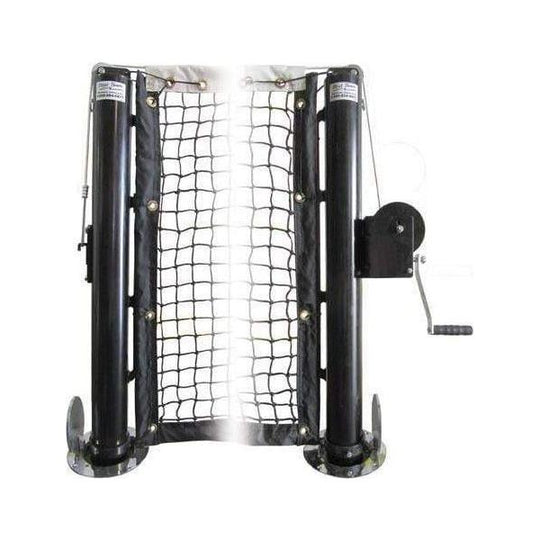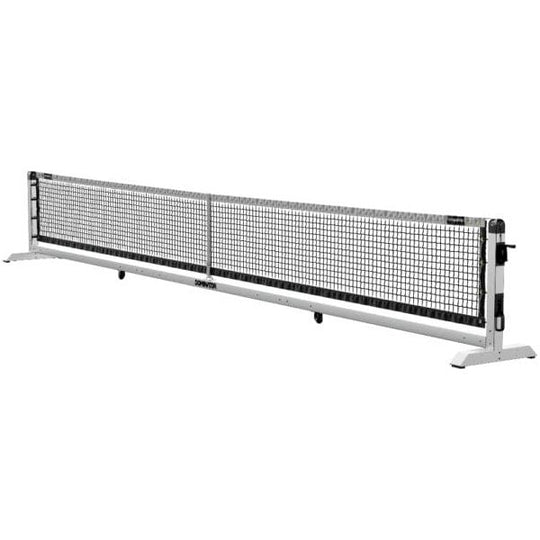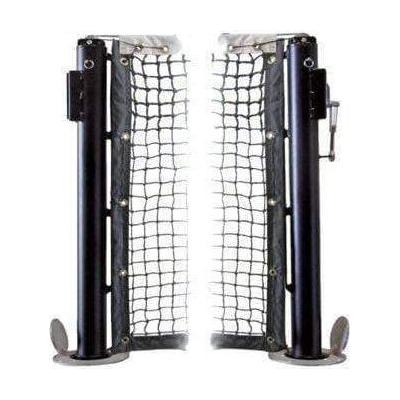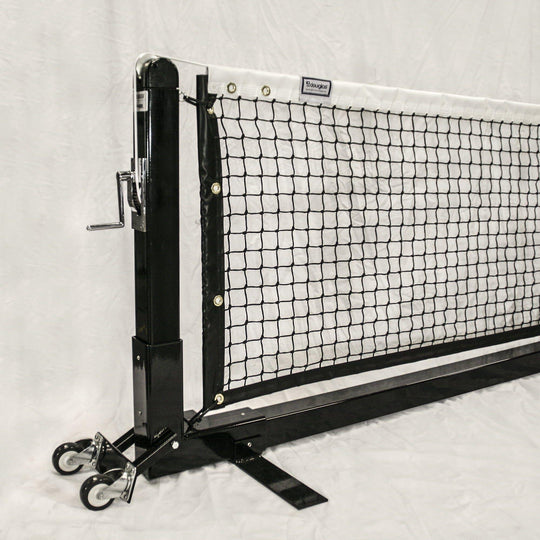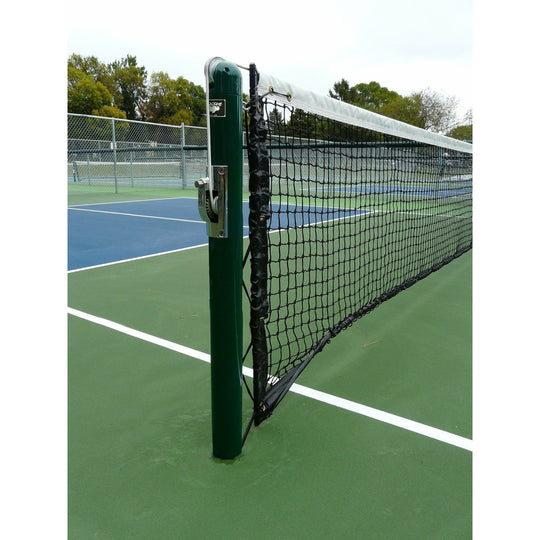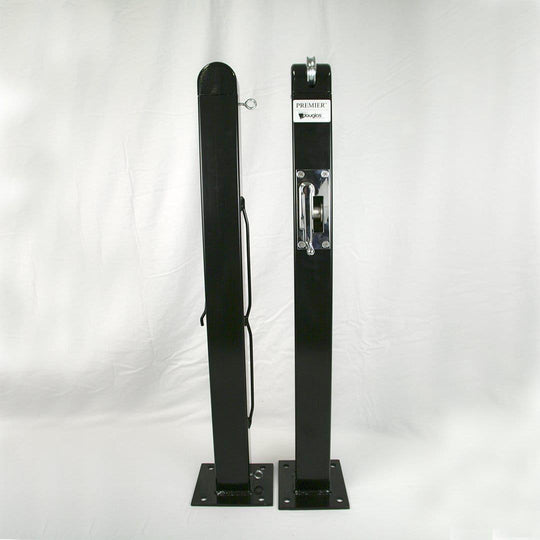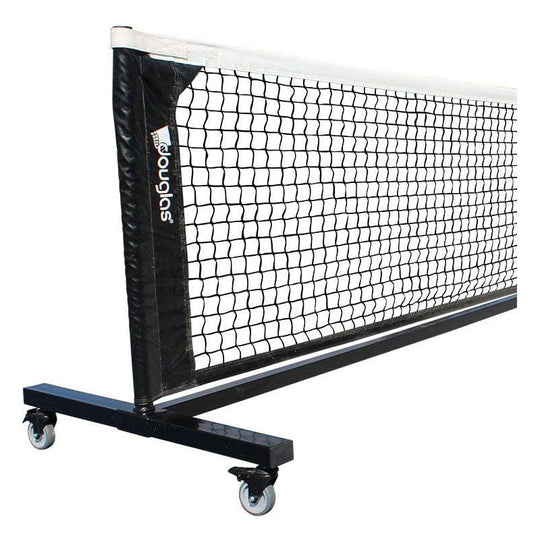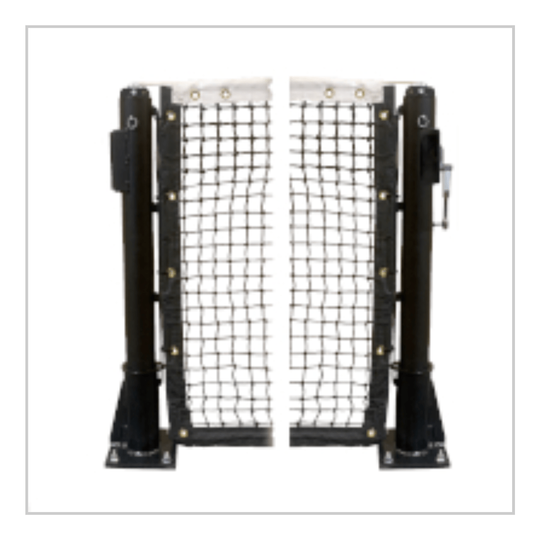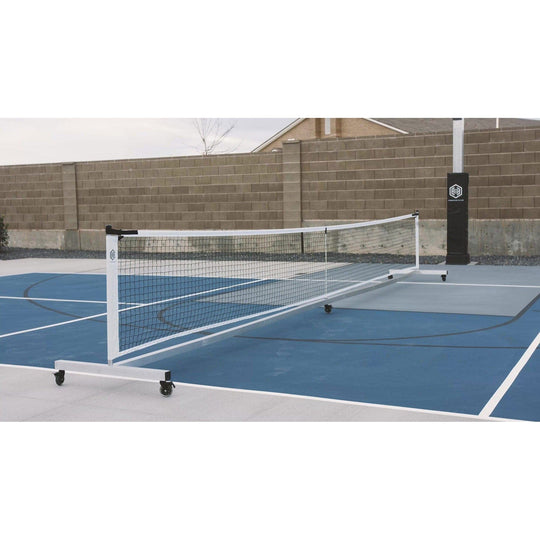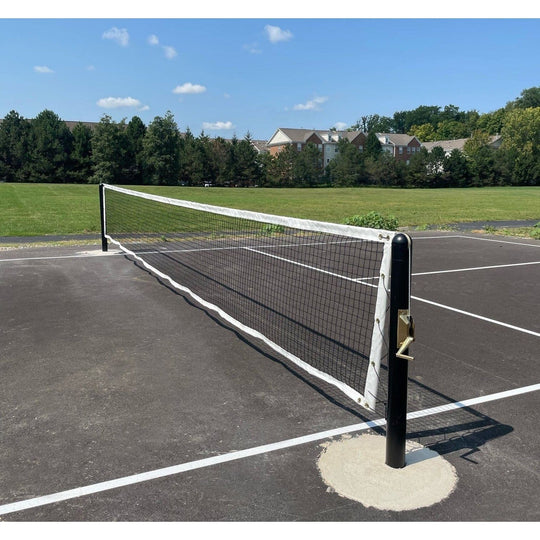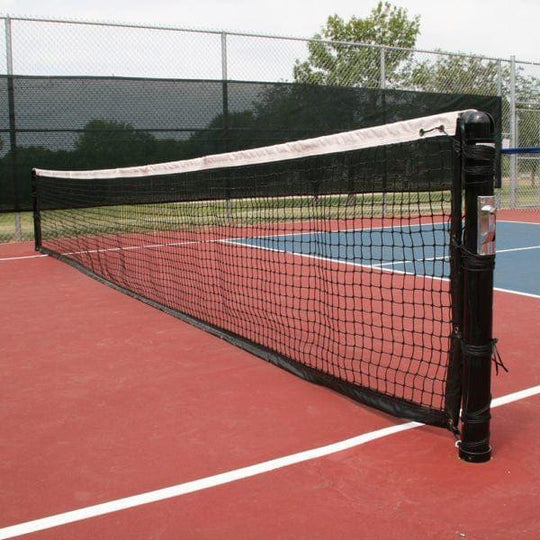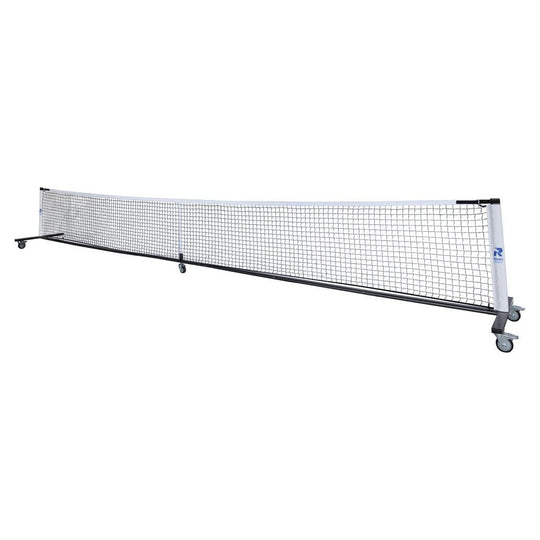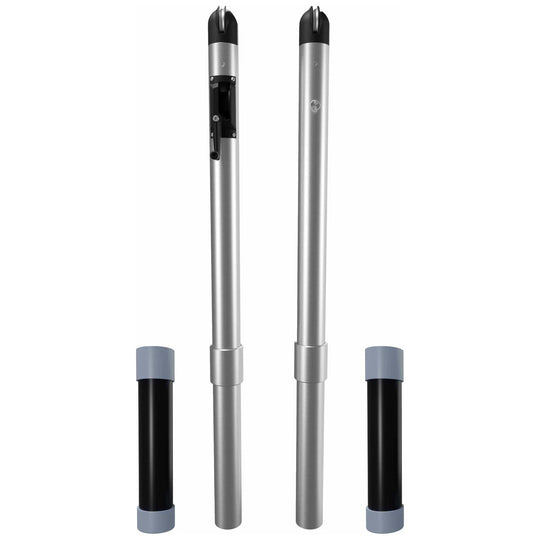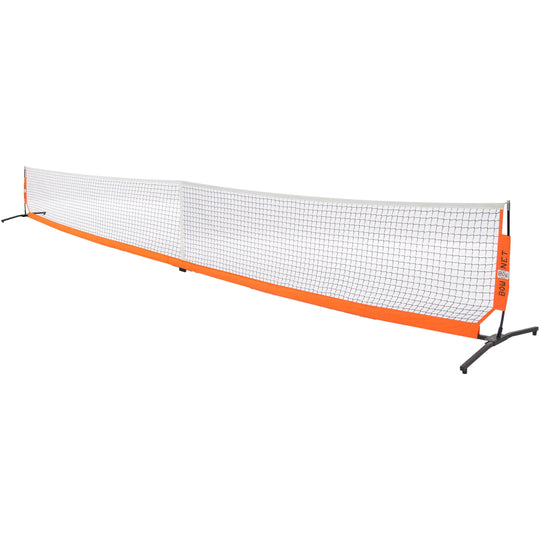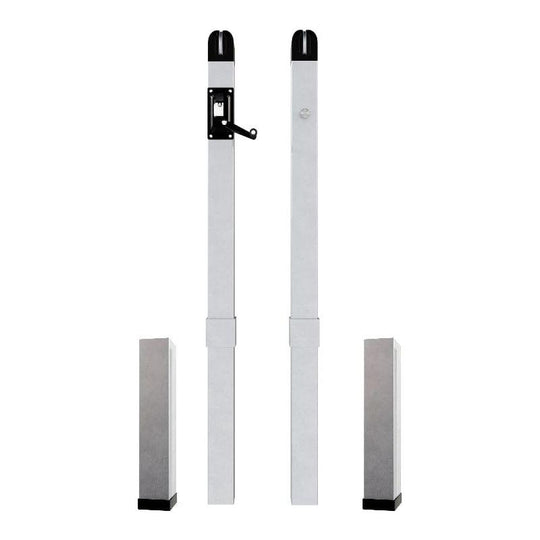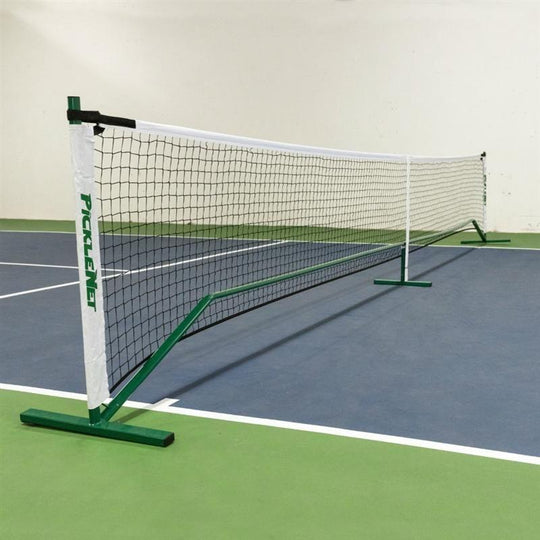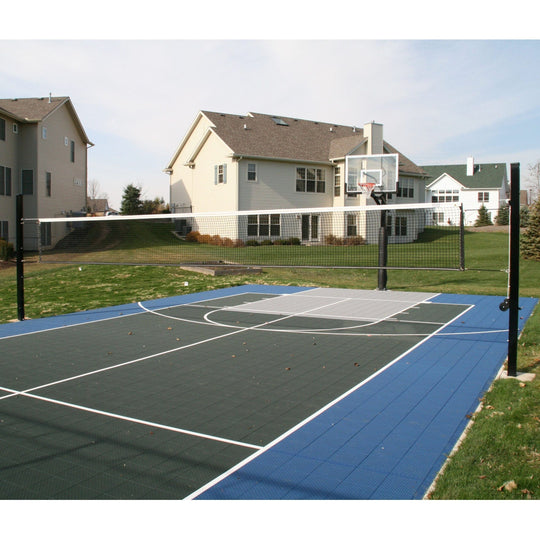Pickleball Post Systems
Pickleball Post Systems are essential equipment for setting up a pickleball court. Designed to hold the net securely in place, these systems ensure a stable and professional playing environment for both recreational players and competitive athletes. At Pro Sports Equip, we offer a wide range of Pickleball Post Systems crafted with durability and functionality in mind. Our collection includes various models suitable for different court types, surfaces, and player preferences. Whether you're creating a pickleball court in your backyard, community center, or sports facility, our Pickleball Post Systems are engineered to withstand regular use and offer easy installation. Enjoy hours of fun and engaging play with friends, family, or fellow players, knowing that our top-notch post systems will provide the support and reliability you need. Explore our selection of Pickleball Post Systems at Pro Sports Equip and elevate your pickleball experience to new heights. With quality construction and professional-grade performance, our Pickleball Post Systems are the perfect complement to a thrilling and competitive game of pickleball.
First Team Guardian Surface Mount Pickleball Post System PKSM

